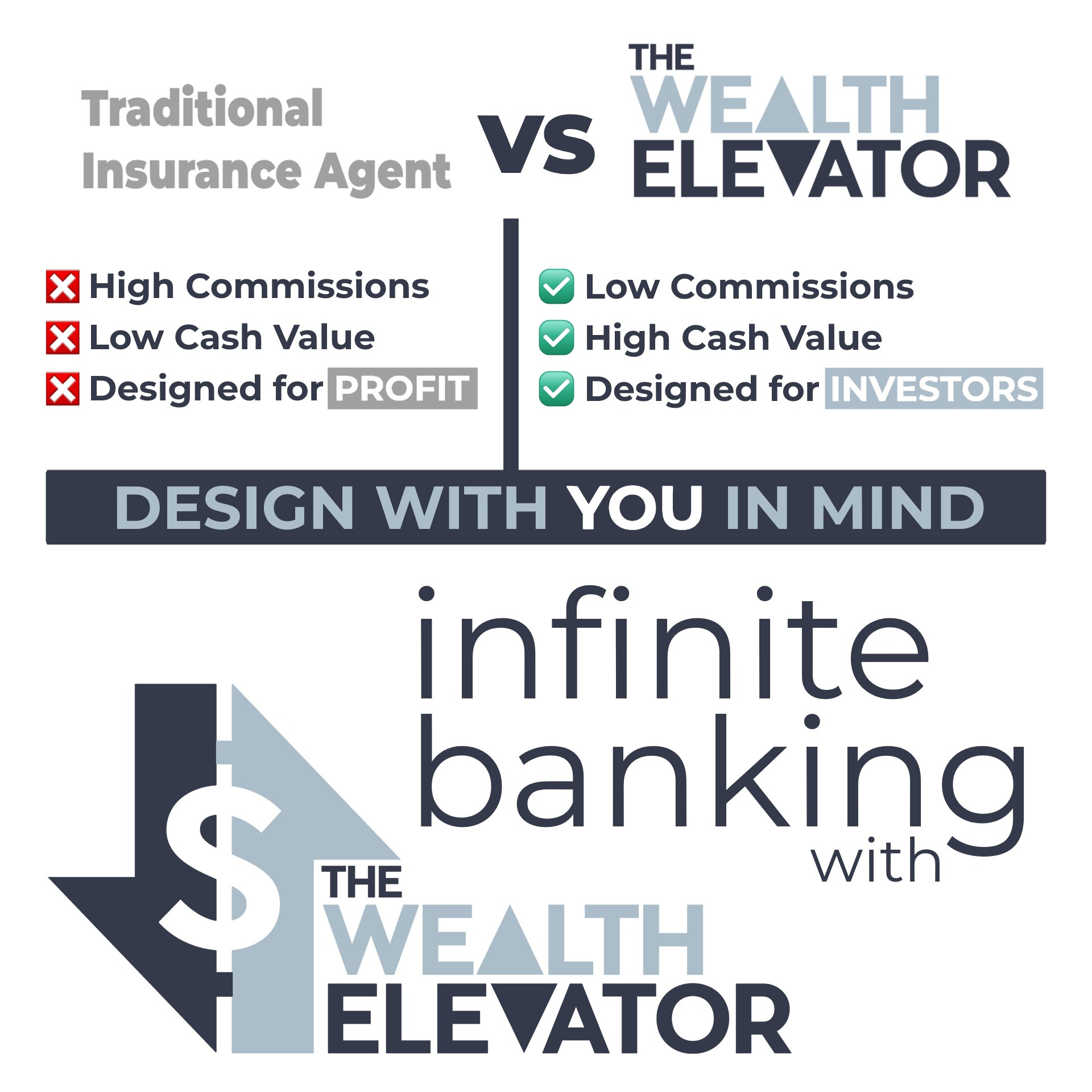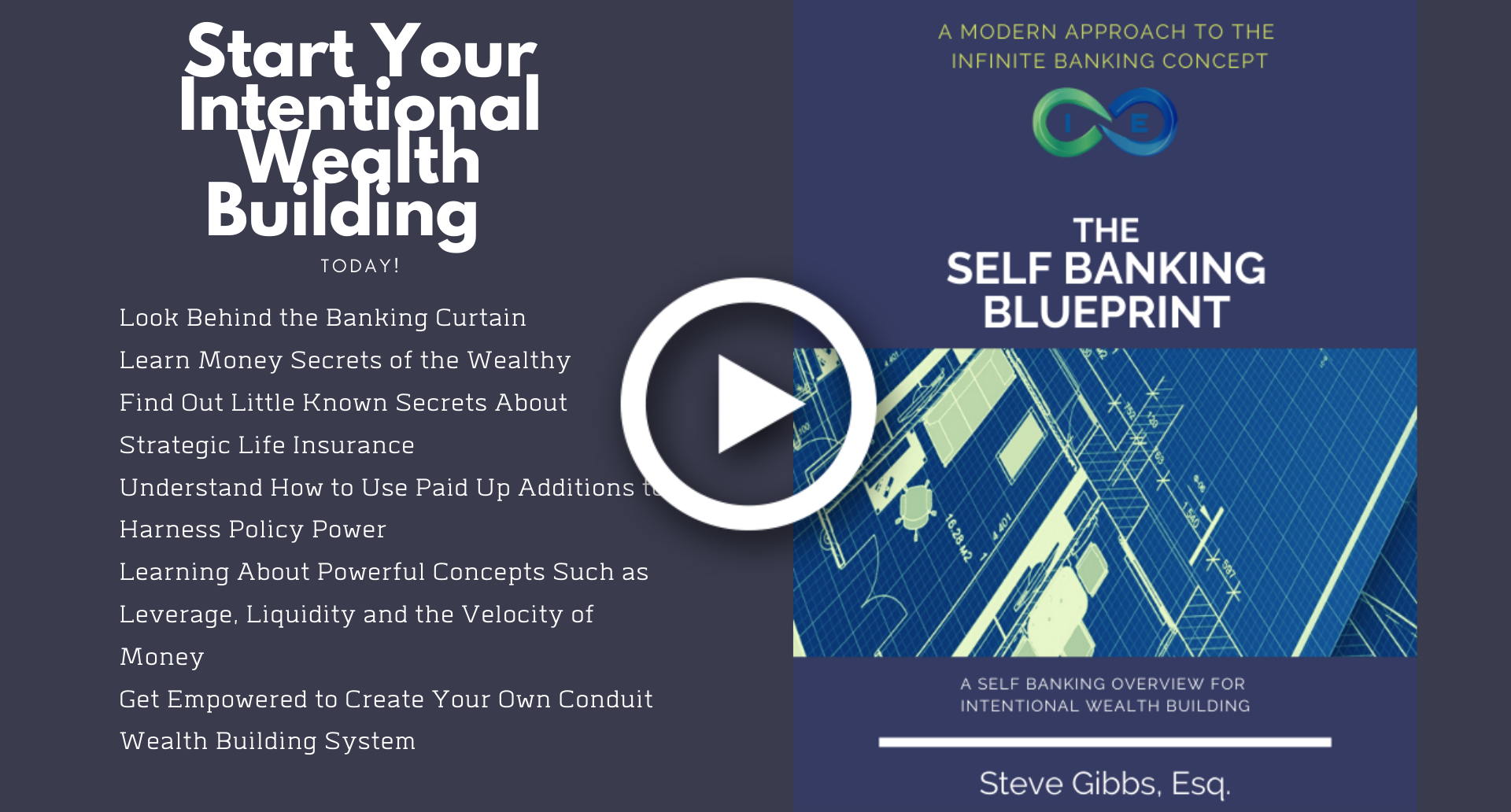All Categories
Featured
Table of Contents
Okay, to be fair you're actually "banking with an insurance coverage firm" instead than "financial on yourself", but that principle is not as simple to offer. It's a bit like the concept of acquiring a home with cash, then borrowing against the residence and placing the cash to function in an additional financial investment.
Some people like to talk concerning the "rate of cash", which basically implies the exact same point. That does not indicate there is absolutely nothing worthwhile to this principle once you get past the advertising.
The whole life insurance policy industry is pestered by overly pricey insurance, enormous payments, shady sales practices, reduced rates of return, and improperly educated clients and salespeople. But if you wish to "Count on Yourself", you're mosting likely to need to wade right into this sector and in fact buy entire life insurance policy. There is no alternative.
The assurances inherent in this product are essential to its function. You can obtain against most kinds of cash worth life insurance, yet you should not "financial institution" with them. As you get a whole life insurance policy to "bank" with, keep in mind that this is an entirely different area of your economic plan from the life insurance coverage area.
Purchase a large fat term life insurance policy plan to do that. As you will certainly see below, your "Infinite Banking" policy actually is not going to reliably give this crucial financial feature. Another problem with the fact that IB/BOY/LEAP relies, at its core, on an entire life plan is that it can make buying a policy troublesome for many of those interested in doing so.
Bioshock Infinite Bank Vault Cipher
Harmful leisure activities such as diving, rock climbing, skydiving, or flying additionally do not mix well with life insurance policy products. The IB/BOY/LEAP supporters (salesmen?) have a workaround for youbuy the policy on someone else! That might exercise fine, considering that the point of the policy is not the fatality advantage, yet bear in mind that getting a plan on minor youngsters is much more expensive than it must be since they are generally underwritten at a "conventional" price as opposed to a preferred one.

A lot of plans are structured to do either things. Many frequently, policies are structured to make the most of the commission to the agent marketing it. Cynical? Yes. However it's the truth. The commission on a whole life insurance coverage plan is 50-110% of the very first year's costs. Occasionally plans are structured to optimize the fatality benefit for the costs paid.
The price of return on the policy is extremely crucial. One of the finest ways to maximize that variable is to get as much cash as possible into the policy.
The finest way to improve the price of return of a policy is to have a relatively little "base policy", and then placed more cash right into it with "paid-up additions". With even more money in the plan, there is even more cash money value left after the prices of the death benefit are paid.
An additional advantage of a paid-up addition over a normal costs is that the compensation rate is lower (like 3-4% instead of 50-110%) on paid-up additions than the base policy. The much less you pay in compensation, the greater your price of return. The price of return on your cash money worth is still mosting likely to be negative for some time, like all cash worth insurance coverage.
The majority of insurance firms only provide "direct recognition" lendings. With a direct recognition car loan, if you borrow out $50K, the reward rate applied to the money worth each year just uses to the $150K left in the policy.
Infinite Banking Concept Example
With a non-direct acknowledgment lending, the firm still pays the exact same reward, whether you have actually "obtained the cash out" (practically versus) the plan or not. Crazy? Why would certainly they do that? Who knows? They do. Often this feature is paired with some much less advantageous element of the plan, such as a reduced returns price than you may receive from a plan with straight recognition fundings (rbc infinite visa private banking).
The companies do not have a source of magic totally free cash, so what they give in one place in the plan need to be taken from one more area. However if it is taken from a feature you care much less about and take into a function you care a lot more about, that is an advantage for you.
There is another crucial attribute, generally called "clean loans". While it is wonderful to still have returns paid on money you have actually taken out of the policy, you still have to pay passion on that particular funding. If the dividend rate is 4% and the lending is billing 8%, you're not specifically appearing in advance.
With a clean financing, your lending rate of interest is the very same as the reward rate on the plan. While you are paying 5% rate of interest on the loan, that passion is completely balanced out by the 5% returns on the funding. So in that regard, it acts just like you took out the cash from a savings account.

5%-5% = 0%-0%. Without all three of these factors, this policy just is not going to work really well for IB/BOY/LEAP. Nearly all of them stand to make money from you getting right into this principle.
As a matter of fact, there are lots of insurance coverage agents speaking about IB/BOY/LEAP as a function of whole life that are not in fact selling policies with the essential features to do it! The problem is that those that recognize the idea best have a massive problem of interest and usually blow up the advantages of the concept (and the underlying plan).
Infinite Banking Course
You must contrast loaning against your policy to taking out money from your cost savings account. No money in money worth life insurance policy. You can put the money in the bank, you can invest it, or you can buy an IB/BOY/LEAP plan.
It expands as the account pays rate of interest. You pay tax obligations on the interest yearly. When it comes time to acquire the boat, you withdraw the cash and buy the watercraft. After that you can conserve some even more money and put it back in the financial account to start to gain rate of interest once again.
When it comes time to acquire the watercraft, you offer the financial investment and pay taxes on your long term resources gains. You can conserve some more money and get some even more financial investments.
The cash worth not utilized to spend for insurance policy and compensations grows throughout the years at the returns rate without tax drag. It starts out with unfavorable returns, yet hopefully by year 5 approximately has recovered cost and is growing at the returns rate. When you go to buy the boat, you borrow versus the policy tax-free.
Be Your Own Banker Whole Life Insurance
As you pay it back, the money you paid back starts growing once again at the dividend rate. Those all work rather similarly and you can contrast the after-tax rates of return. The fourth alternative, nonetheless, functions very in a different way. You do not conserve any kind of cash neither get any kind of financial investment for years.
They run your credit scores and offer you a funding. You pay rate of interest on the obtained money to the bank till the loan is settled. When it is repaid, you have a virtually worthless boat and no money. As you can see, that is not anything like the very first three choices.
Table of Contents
Latest Posts
Privatized Banking Concept
Bank On Yourself Plan
Be My Own Banker
More
Latest Posts
Privatized Banking Concept
Bank On Yourself Plan
Be My Own Banker